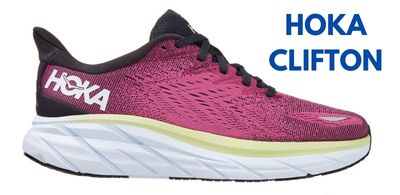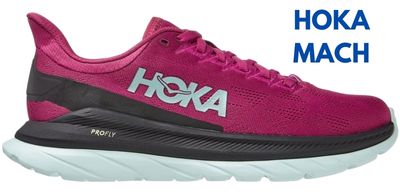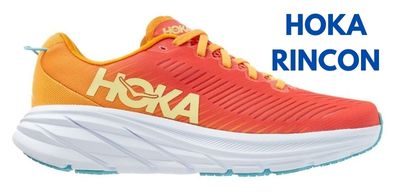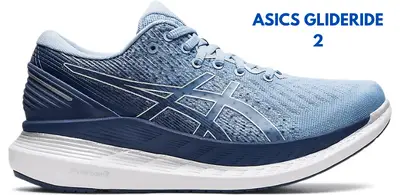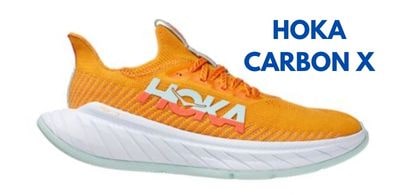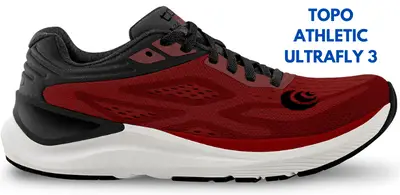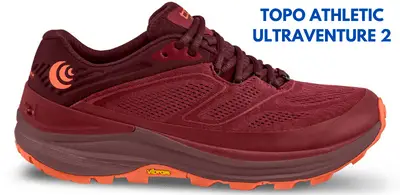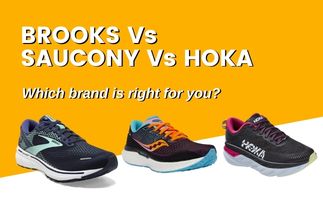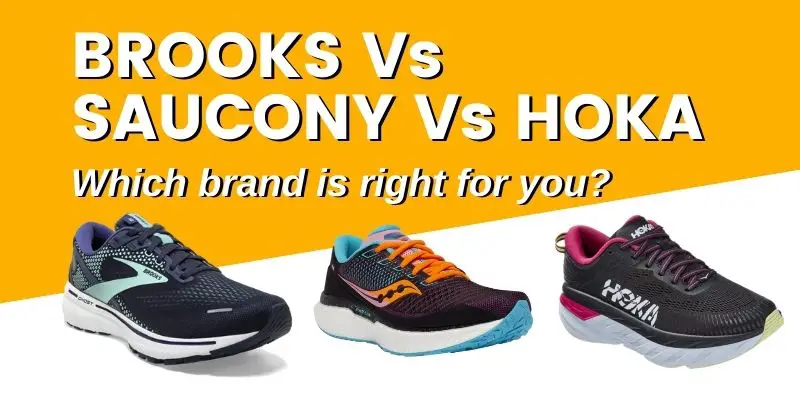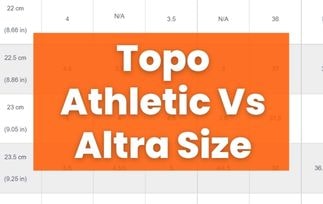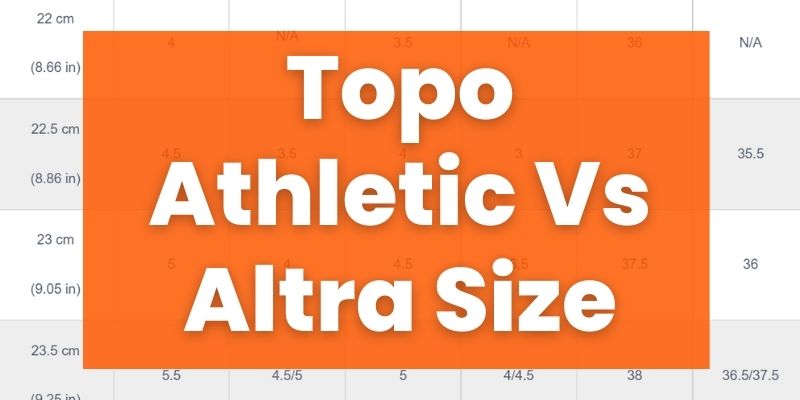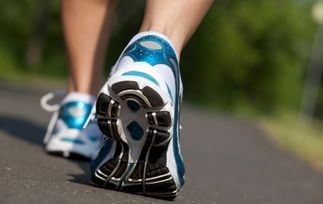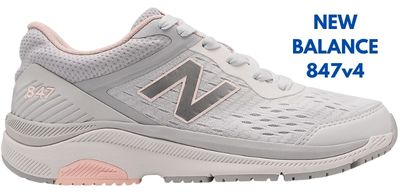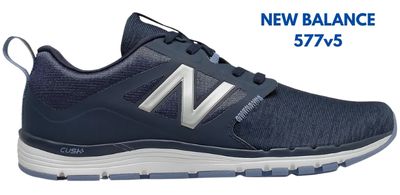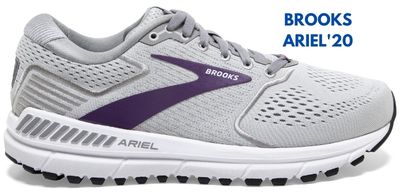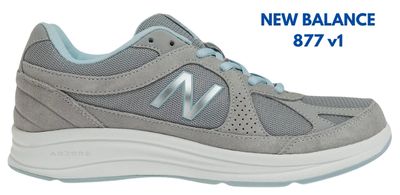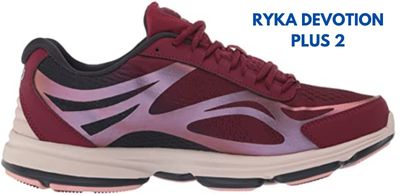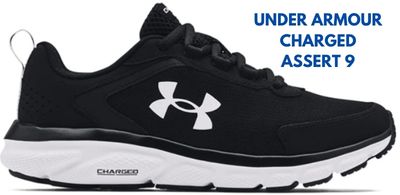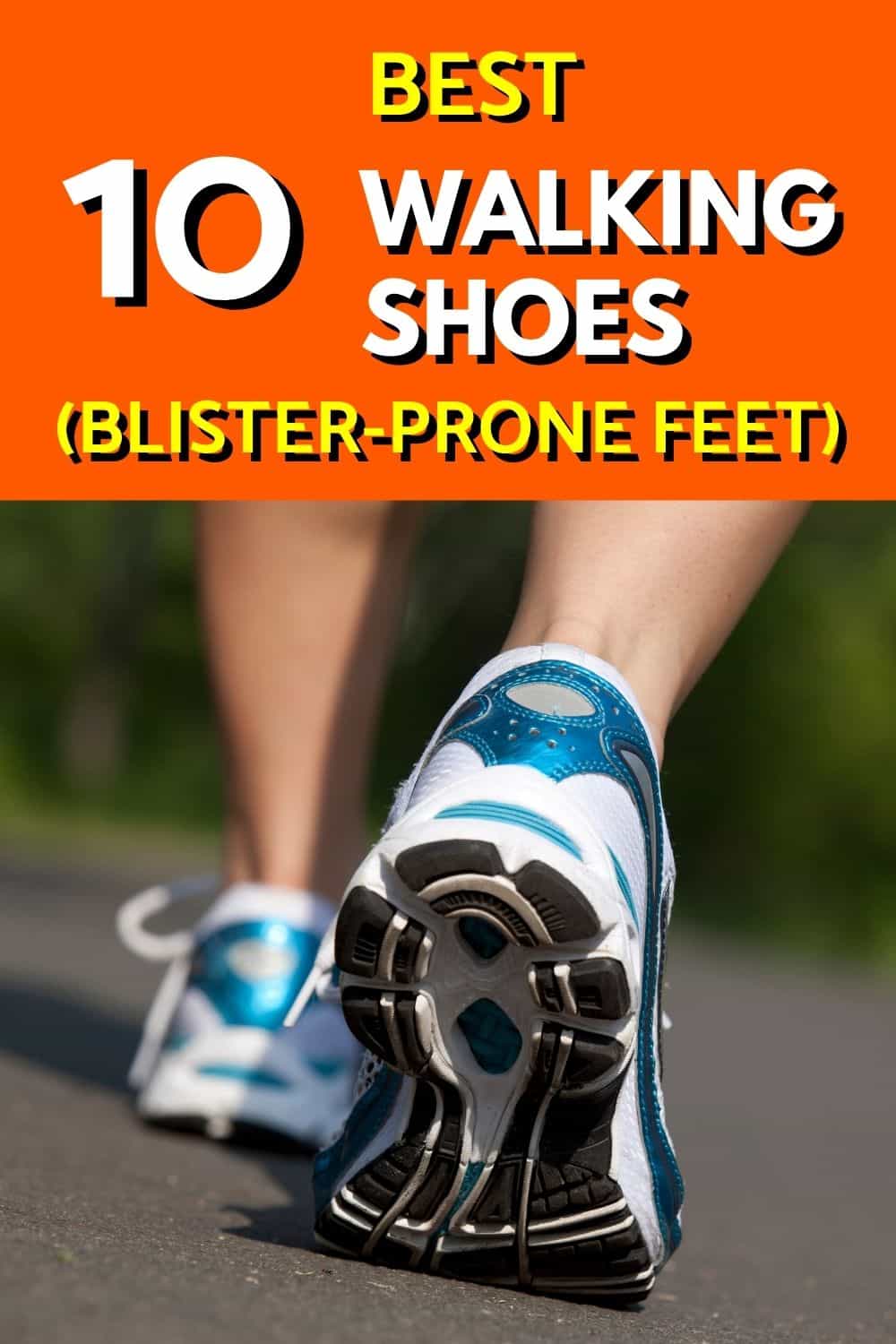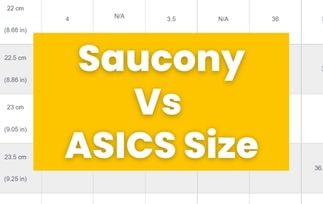
Saucony Vs Asics Sizing Chart: How Are They Different?
When you compare Saucony vs ASICS sizing, it becomes very interesting.
TBH, I also did not know what exactly are the differences, before I did the research for this article.
When you compare data side by side, the kind of details that pop up is just fascinating…
Did you know ASICS has some odd measurements for some of the sizes and those size numbers actually tally up with Saucony, whose length is again different from ASICS?
Did I confuse you? Well, don’t worry I’ll present the differences between ASICS and Saucony sizing as clearly as possible.
BTW, I did not compare the heel-to-toe drop of Saucony and Asics with each other as I’ve already covered that in this article.
Let’s procced…

Saucony Vs ASICS Sizing: Differences
1. For some lengths ASICS lengths increase by 0.25cm and not by cm0.5 like 25.25cm, 28.25cm for men, and 22.75cm, 25cm.75 for women. Such an increase is not present in Saucony.
2. For Saucony women’s size starts from 21.5cm(8.46 in)/5(US)/3(UK)/35.5(EU). For ASICS women’s size starts from 22.75cm (8.96 in)/5.5(US)/3.5(UK)/36(EU).
3. For Saucony men’s size starts from 22.5cm (8.86 in)/4.5(US)/3.5(UK)/37(EU). For ASICS men’s size starts from 22.5cm (8.86 in)/4(US)/3(UK)36(EU).
4. Most of the men’s sizes of Saucony are equivalent to an ASICS number by 0.5 steps. It is the same for women’s except for the bigger sizes.
5. For women’s shoes ASICS has the sizes 5.5(US)/3.5(UK)/36(EU) corresponding to the length of 22.75cm(8.96 in). Such a size is not present in Saucony.
6. For women’s shoes ASICS has the size 9(US)/7(UK)/40.5(EU) corresponding to the length of 25.75cm(10.13 in). Although the same numbers are present in Saucony it represents the length of 25.5cm (10.03 in).
7. For men’s shoes, ASICS has the size 7(US)/6(UK)/40(EU) corresponding to the length of 25.25cm(10.13 in). Although the same numbers are present in Saucony it represents the length of 25cm (9.84 in).
8. For men’s shoes, ASICS has the size 10.5(US)/9.5(UK)/44.5(EU) corresponding to the length of 28.25cm(10.13 in). Although the same numbers are present in Saucony it represents the length of 28.5cm (11.22 in).
9. Saucony has more sizes of men’s shoes for the longer lengths than ASICS.
10. For women’s shoes ASICS has more sizes available than Saucony for longer lengths.
11. For women’s shoes Saucony has more sizes available than Asics for shorter lengths.
Saucony Vs ASICS Sizing: Women’s Shoes (cm, inches)
cm (inches) | Saucony (US) | ASICS (US) | Saucony (UK) | ASICS (UK) | Saucony (EU) | ASICS (EU) |
- | 4 | - | 2 | - | 34.5 | - |
- | 4.5 | - | 2.5 | - | 35 | - |
21.5 cm (8.46 in) | 5 | - | 3 | - | 35.5 | - |
22 cm (8.66 in) | 5.5 | - | 3.5 | - | 36 | - |
22.5 cm (8.85 in) | 6 | - | 4 | - | 37 | - |
22.75 cm (8.96 in) | - | 5.5 | - | 3.5 | - | 36 |
23 cm (9.05 in) | 6.5 | 6 | 4.5 | 4 | 37.5 | 37 |
23.5 cm (9.25 in) | 7 | 6.5 | 5 | 4.5 | 38 | 37.5 |
24 cm (9.45 in) | 7.5 | 7 | 5.5 | 5 | 38.5 | 38 |
24.5 cm (9.65 in) | 8 | 7.5 | 6 | 5.5 | 39 | 39 |
25 cm (9.85 in) | 8.5 | 8 | 6.5 | 6 | 40 | 39.5 |
25.5 cm (10.03 in) | 9 | 8.5 | 7 | 6.5 | 40.5 | 40 |
25.75 cm (10.13 in) | - | 9 | - | 7 | - | 40.5 |
26 cm (10.24 in) | 9.5 | 9.5 | 7.5 | 7.5 | 41 | 41.5 |
26.5 cm (10.43 in) | 10 | 10 | 8 | 8 | 42 | 42 |
27 cm (10.63 in) | 10.5 | 10.5 | 8.5 | 8.5 | 42.5 | 42.5 |
27.5 cm (10.83 in) | 11 | 11 | 9 | 9 | 43 | 43.5 |
28 cm (11.03 in) | - | 11.5 | - | 9.5 | - | 44 |
28.5 cm (11.23 in) | - | 12 | - | 10 | - | 44.5 |
Download Saucony Vs Asics Size Chart For Women
Related: Topo Vs Altra Sizing Chart: How Different Are They?
ASICS Vs Saucony Sizing: Men’s Shoes (cm, inches)
cm (inches) | Saucony (US) | ASICS (US) | Saucony (UK) | ASICS (UK) | Saucony (EU) | ASICS (EU) |
- | 3 | - | 2 | - | 35 | - |
- | 3.5 | - | 2.5 | - | 35.5 | - |
- | 4 | - | 3 | - | 36 | - |
22.5cm (8.86 in) | 4.5 | 4 | 3.5 | 3 | 37 | 36 |
23cm (9.05 in) | 5 | 4.5 | 4 | 3.5 | 37.5 | 37 |
23.5cm (9.25 in) | 5.5 | 5 | 4.5 | 4 | 38 | 37.5 |
24cm (9.45 in) | 6 | 5.5 | 5 | 4.5 | 38.5 | 38 |
24.5cm (9.64 in) | 6.5 | 6 | 5.5 | 5 | 39 | 39 |
25 cm (9.84 in) | 7 | 6.5 | 6 | 5.5 | 40 | 39.5 |
25.25 cm (9.94 in) | - | 7 | - | 6 | - | 40 |
25.5 cm (10.04 in) | 7.5 | 7.5 | 6.5 | 6.5 | 40.5 | 40.5 |
26 cm (10.24 in) | 8 | 8 | 7 | 7 | 41 | 41.5 |
26.5 cm (10.43 in) | 8.5 | 8.5 | 7.5 | 7.5 | 42 | 42 |
27 cm (10.63 in) | 9 | 9 | 8 | 8 | 42.5 | 42.5 |
27.5 cm (10.83 in) | 9.5 | 9.5 | 8.5 | 8.5 | 43 | 43.5 |
28 cm (11.02 in) | 10 | 10 | 9 | 9 | 44 | 44 |
28.25 cm (11.12 in) | - | 10.5 | - | 9.5 | - | 44.5 |
28.5 cm (11.22 in) | 10.5 | 11 | 9.5 | 10 | 44.5 | 45 |
29 cm (11.42 in) | 11 | 11.5 | 10 | 10.5 | 45 | 46 |
29.5 cm (11.61 in) | 11.5 | 12 | 10.5 | 11 | 46 | 46.5 |
30 cm (11.81 in) | 12 | - | 11 | - | 46.5 | - |
30.5 cm (12 in) | 12.5 | - | 11.5 | - | 47 | - |
31 cm (12.20 in) | 13 | - | 12 | - | 48 | - |
- | 14 | - | 13 | - | 49 | - |
- | 15 | - | 14 | - | 50 | - |
- | 16 | - | 15 | - | 51.5 | - |
Download ASICS size compared to Saucony (Men)
Related: New Balance Size Chart Vs Nike
Related: Top 15 Best Running Shoes for Morton’s Neuroma Reviewed
Do ASICS Run Bigger Or Smaller Than Saucony?
No, ASICS doesn’t run bigger or smaller than Saucony as for almost every length of Saucony there is an ASICS running shoe present, except for some of the higher and lower sizes.
However, this misconception arises because the numbers that the shoe represents in both brands are different.
For example, let’s pick the size 6.5(US) of Saucony for the women’s shoes which are 23 cm in length. The same length is represented by ASICS with the number 6(US).
Let’s check another example…
For the length of 26.5 cm of women’s shoes both ASICS and Saucony represent it with the number 10(US).
You can find many such examples where for the same length the number that ASICS uses is bigger than that of Saucony.
So, basically every number that a shoe represents in any of these brands may represent the same or a different length and neither of them runs smaller or bigger than the other.

Madhusree Basu
Author, Admin
Blogger and a fitness enthusiast. She loves running and Yoga and everything in between. She started running to manage her weight and to eat to her heart’s content. A true foodie at heart she shares whatever knowledge she has gained throughout the years about weight management and fitness.

![10 Best 5mm Drop Running Shoes [2022]](https://bestplaygear.com/wp-content/uploads/2022/06/Best-5mm-heel-drop-running-shoes-min.jpg)

